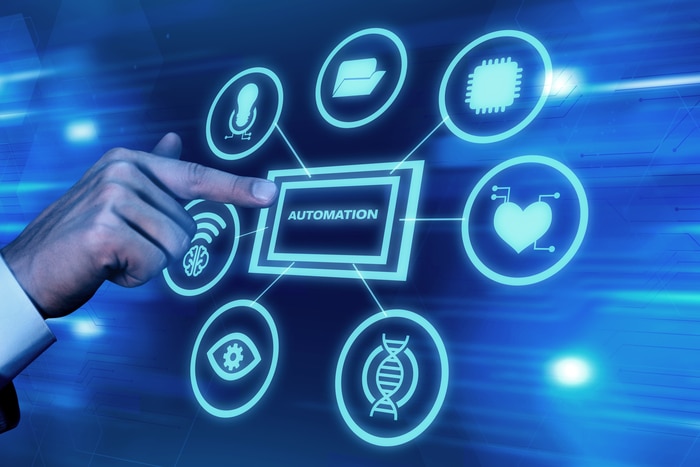Transitioning from Pneumatic to Electric Drives with Motors
Revolutionizing Automation: Embracing Electric Drives and Motors in Robotics In the ever-evolving landscape of industrial and logistic robots, there is a constant pursuit of enhancing efficiency in handling repetitive tasks with unwavering precision. A significant facet of this transformative evolution lies in the adoption of motor-enabled electric drives, gradually supplanting traditional pneumatic systems in object […]

Revolutionizing Automation: Embracing Electric Drives and Motors in Robotics
In the ever-evolving landscape of industrial and logistic robots, there is a constant pursuit of enhancing
efficiency in handling repetitive tasks with unwavering precision. A significant facet of this transformative
evolution lies in the adoption of motor-enabled electric drives, gradually supplanting traditional pneumatic systems in object manipulation.

Historically, automation robots in industrial settings have heavily relied on pneumatic power transmission for tasks ranging from gripping and holding to intricate manipulations such as clamping, screwing, foaming, and welding. The reliability of compressed-air technology, especially in managing heavy objects, has stood the test of time.
However, the pneumatic system comes with its own set of challenges, including the need for
compressors, extensive lines, and a dedicated control system with numerous mechanical components.
This infrastructure investment can be substantial for new systems. Moreover, in industries where cleanliness and hygiene are paramount, such as microelectronics or food, the emission of compressed air renders pneumatics unsuitable. Clean rooms, in particular, present a significant challenge for pneumatic systems.
The advent of electric drives brings a paradigm shift, offering enhanced flexibility and maintaining hygienic safety standards. Unlike the restricted nature of compressed air connections, electric drives, powered by electric motors, can tap into power sockets available almost anywhere. This adaptability makes electric drives particularly well-suited for collaborative robots (cobots) and smaller robotic systems.
Roman Batz, a development engineer at Intelligent Peripherals for Robots (IPR), emphasizes the role of motor technology in making electric drives a viable alternative to pneumatics. For applications demanding substantial power within compact dimensions, motors prove to be competitive against pneumatic drives.
The TKX series tool changers, available with both pneumatic and electric drives on the same platform, showcase the versatility of this design evolution. The brushless motor within the TKX changer series, powering actions like opening, closing, and holding, demonstrates a superior torque-to-weight and volume ratio, thanks to its external rotor technology.
The incorporation of a brushless motor ensures that robots can achieve extensive cycle numbers without the need for frequent maintenance. The motor’s inherent quality and controllability eliminate the necessity for additional control mechanisms.
The TKX changer series, featuring a motor-based electric drive, signifies a crucial juncture in robotic design, steering away from traditional mechanical components towards electric counterparts.
As underscored by IPR’s Batz, the integration of high-precision miniaturized motor technology plays a pivotal role in this transformative shift. This not only addresses the shortcomings of pneumatic systems but also opens new horizons for cleaner, more efficient, and adaptable robotic applications in diverse industrial settings.


